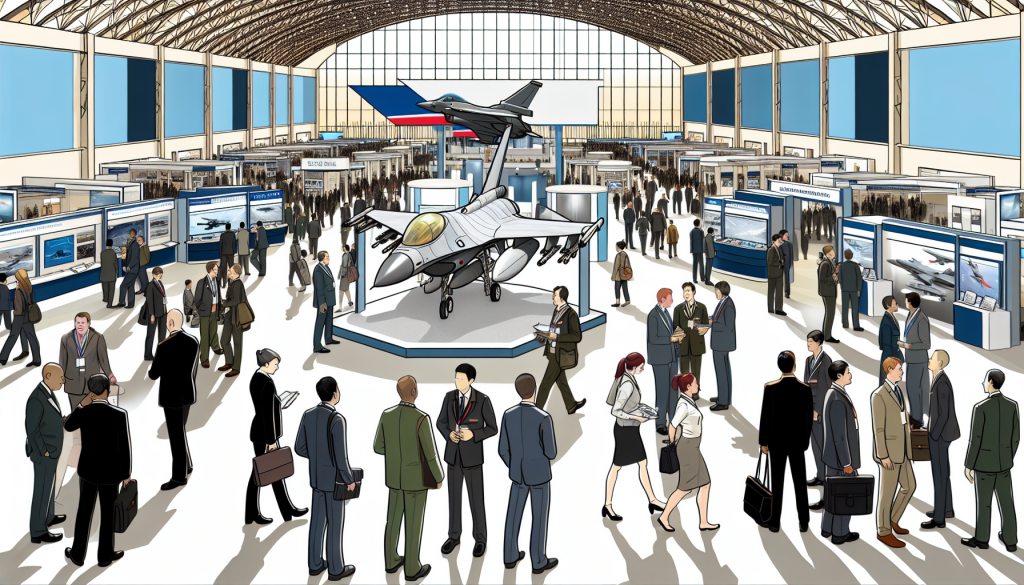Taiwan’s Largest Arms Fair: A Shift in Defense Strategy
Taiwan recently inaugurated its largest-ever arms fair, showcasing a dramatic increase in exhibitors and a clear indication of its commitment to bolstering national defense. With approximately double the number of exhibitors compared to previous years, the Taipei Aerospace and Defense Technology Exhibition has become a focal point for companies eager to tap into the island’s growing defense budget.
Regional Context: The Threat from China
The urgency behind Taiwan’s arms fair stems from escalating military pressure from China, which claims the island as its territory. In response to Beijing’s intensified military maneuvers, including war games and the regular dispatch of warplanes and warships, Taiwan is seeking to enhance its military capabilities. The government’s clear stance against these territorial claims emphasizes the necessity of a strong defense.
Ambitious Defense Spending Goals
Taiwan has set ambitious objectives regarding defense spending, aiming to elevate its military budget to 5% of its GDP by 2030, up from the current 3.3%. This significant leap reflects a strategic pivot toward enhanced self-defense capabilities amid regional tensions and an evolving security landscape.
Exhibition Highlights: A Showcase of International Collaboration
This year’s exhibition features a staggering 490 exhibitors across 1,500 booths, a notable increase from 275 exhibitors and 960 booths in 2023. Among the prominent players, the U.S. pavilion has doubled in size, now hosting over 40 American companies. Karin Lang, deputy director of the American Institute in Taiwan, emphasized the benefits of collaboration between American and Taiwanese firms, stating that such partnerships enhance not just bilateral interests but also regional security.
The Role of U.S. Defense Support
The United States plays a pivotal role as Taiwan’s foremost arms supplier, even without formal diplomatic ties. Taipei is focused not only on acquiring military hardware but also on forging partnerships for joint weapon development. Just recently, Taiwan unveiled its first missile co-produced with a U.S. company—a landmark in their evolving defense relations.
New Defense Deals and Innovations
The National Chung-Shan Institute of Science and Technology (NCSIST), a military-owned research facility, is deepening its collaboration with international firms. Upcoming deals with U.S. and Canadian companies include advanced weaponry such as anti-drone rockets and underwater surveillance drones. The NCSIST’s statement highlighted that these partnerships would significantly bolster Taiwan’s independent defense capabilities.
Notable Exhibitors and Future Procurement Plans
The arms fair is host to renowned companies like Lockheed Martin, known for its F-16 fighter jets, which form the backbone of Taiwan’s air defense. Experts from the US-Taiwan Business Council anticipate that Taiwan’s increased defense budget could result in procurement contracts ranging from $50 billion to $60 billion over the next several years. Of this, approximately one-third is expected to be allocated to domestic production, with the remainder earmarked for international purchases, predominantly from the U.S.
Taiwan’s Defense: A Comprehensive Strategy
Through this massive arms fair and its accompanying strategic shifts, Taiwan is clearly signaling its intent to strengthen its military capabilities in response to growing external threats. By fostering international alliances and enhancing domestic defense production, Taiwan hopes to create a robust security environment that will stand against any potential aggression.

